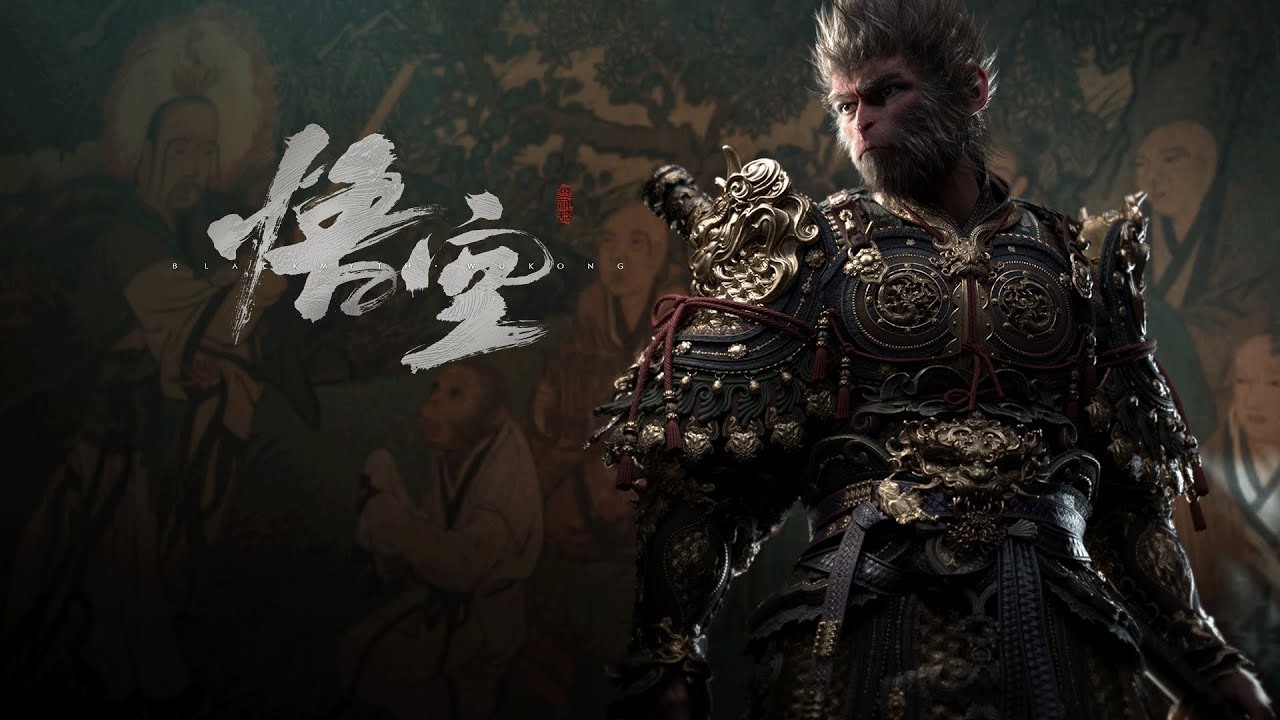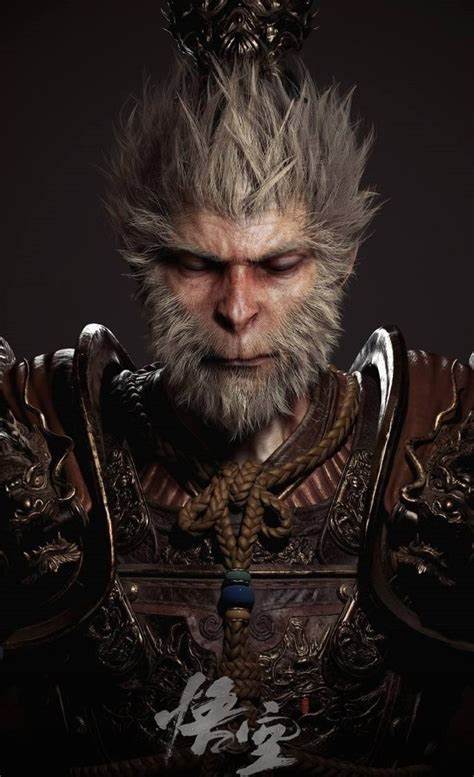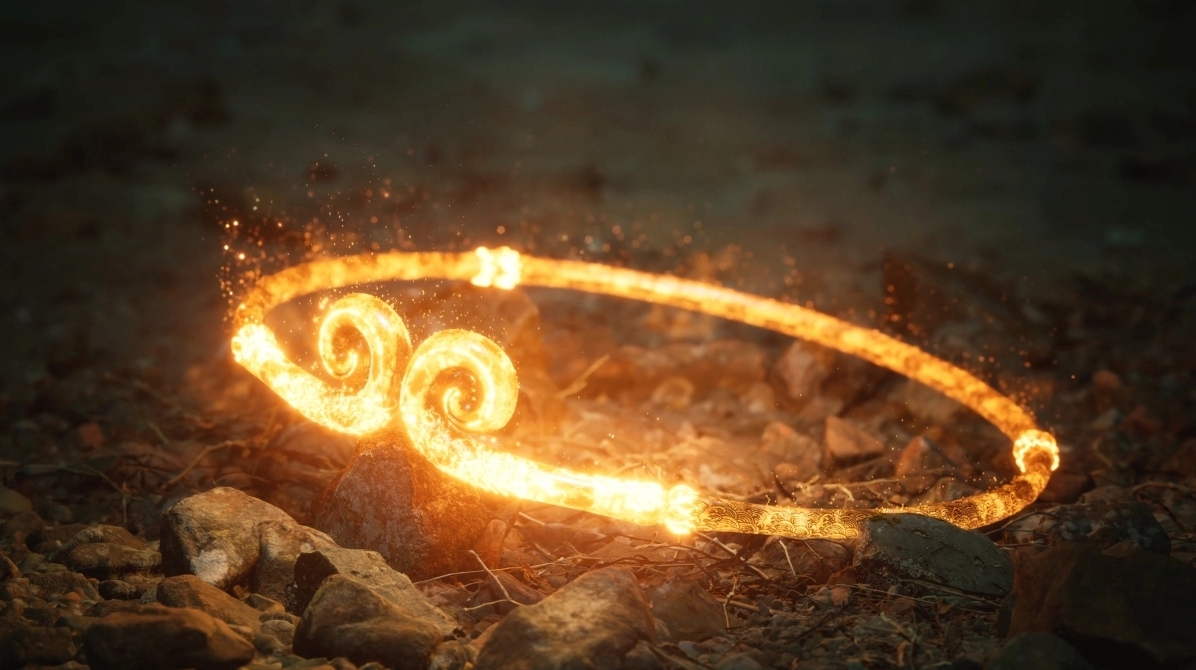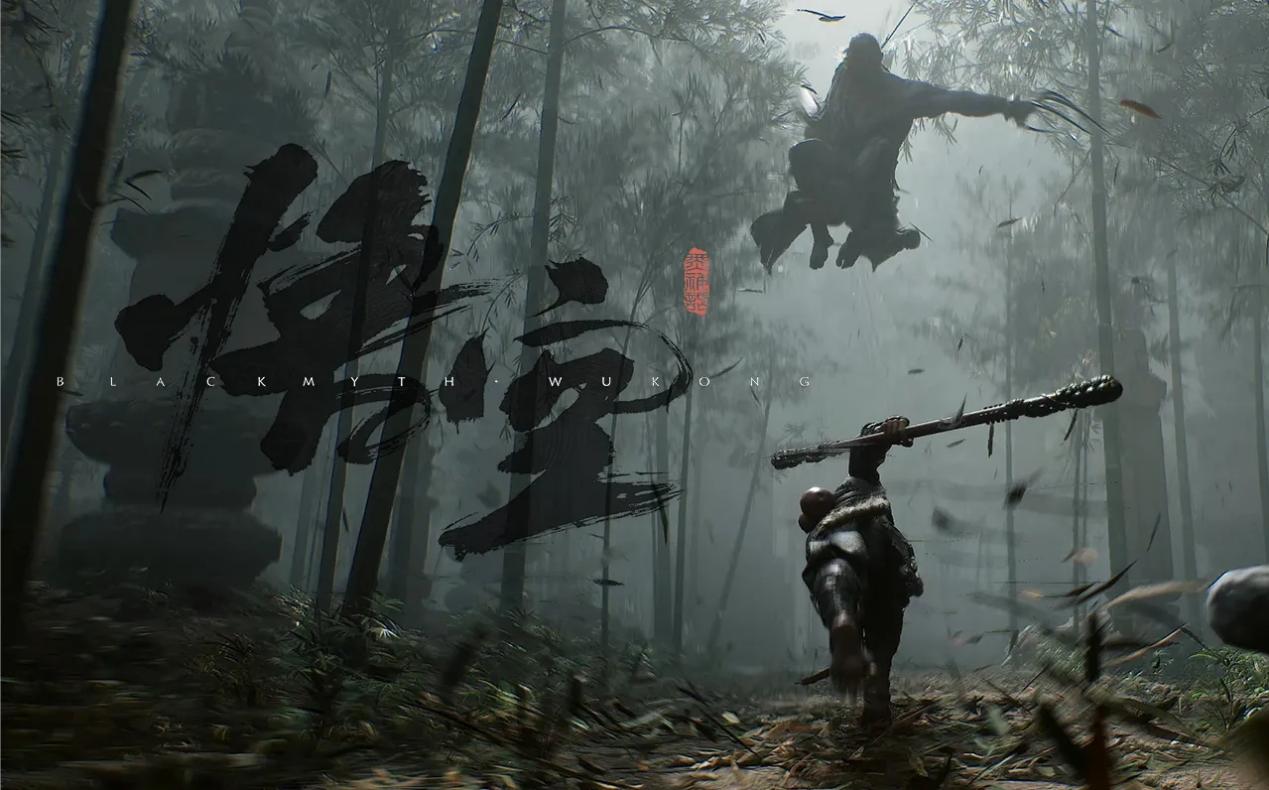The modern reinterpretation of classic narratives has become a hallmark of contemporary storytelling, blending old themes with new ideas. A striking example of this trend is "Black Wukong: Myth," a reimagining of the legendary figure Sun Wukong from the Chinese epic "Journey to the West." However, this adaptation has ignited significant copyright controversies, sparking discussions about intellectual property, cultural ownership, and the responsibilities of creative artists.

The Origins of the Controversy
"Journey to the West," written in the 16th century by Wu Cheng'en, is a cornerstone of Chinese literature. The character Sun Wukong, also known as the Monkey King, has transcended the bounds of the original text, becoming a cultural icon. As a result, any new representation of this character inevitably raises questions about copyright infringement and creative integrity.
The primary contention revolves around the extent to which "Black Wukong: Myth" transforms or retains the original character’s essence. Critics argue that the adaptation alters key aspects of Sun Wukong, potentially infringing upon the rights associated with the character's portrayal. While "Journey to the West" is in the public domain, the adaptations and interpretations over the years have created a complex web of ownership that complicates new works inspired by it.
Cultural Ownership and Intellectual Property
One of the critical issues at the heart of the copyright debate is the question of cultural ownership. In many ways, "Journey to the West" belongs not only to its author but also to the cultural heritage of China. As such, adaptations like "Black Wukong: Myth" must navigate the delicate balance between creative expression and respect for cultural narratives. This raises profound questions: Who truly owns a character or story that has evolved over centuries? Can an artist freely reinterpret a character that holds deep cultural significance without acknowledgment or permission?

Public domain status complicates this further. While legally permissible, adaptations often rely on the interpretations and adaptations that have come before. Thus, creators face the challenge of differentiating their work from a long history of adaptations that contribute to the character's identity. The potential for misrepresentation or dilution of the character's cultural roots poses ethical dilemmas for modern creators.
Creative Freedom vs. Cultural Sensitivity
Supporters of "Black Wukong: Myth" champion the importance of creative freedom, arguing that reinterpretation is a vital aspect of artistic expression. They assert that such works breathe new life into classic tales, making them relevant to contemporary audiences. This perspective emphasizes the need for art to evolve and resonate with new generations, suggesting that creators should not be constrained by the past.
However, critics warn that this freedom must be tempered with cultural sensitivity. The danger of appropriation—where elements of a culture are used without proper understanding or respect—remains a significant concern. When adapting deeply rooted cultural narratives, artists have a responsibility to honor the original context and significance. Failure to do so risks alienating the very communities whose stories are being reimagined.

Legal and Ethical Implications
The legal landscape surrounding the copyright of "Black Wukong: Myth" is fraught with challenges. As the adaptation is derived from a public domain text, the creators may technically operate within their rights. Yet, this does not absolve them of ethical considerations. The question arises: Should authors and artists be obligated to acknowledge the original narratives and their cultural implications?
This dilemma extends beyond legal parameters into the realm of ethics. The notion of artistic responsibility is increasingly relevant in a globalized world where cultural exchanges are common. Artists must grapple with the impact of their work on cultural narratives, recognizing that their interpretations can shape public perception and understanding of the original story.

Conclusion
The controversies surrounding "Black Wukong: Myth" serve as a microcosm of broader discussions about copyright, cultural ownership, and artistic responsibility. As adaptations of classic works continue to proliferate, it becomes essential for creators to engage thoughtfully with their source material. Balancing innovation with respect for cultural heritage is crucial in navigating the complexities of modern storytelling.
Ultimately, the dialogue surrounding "Black Wukong: Myth" highlights the intricate relationship between tradition and transformation in literature. As creators forge new paths, they must remain aware of the legacies they inherit and the stories they choose to tell, ensuring that the spirit of the original works is honored even as they embrace the potential for reinvention.



